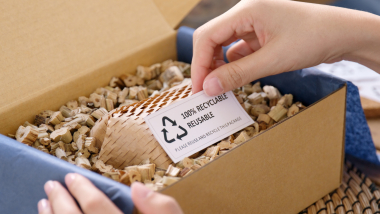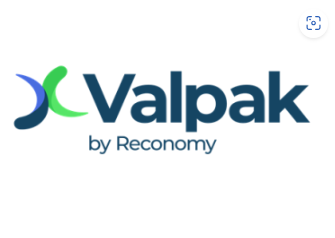With Extended Producer Responsibility for Packaging (pEPR) underway, the transfer of funds to local authorities is on the horizon. For many, November will mark the real moment of arrival for the UK’s most ambitious packaging legislation so far. However, along with the transference of costs, pEPR brings a greater focus on recyclability and analysis of packaging materials – a shift which will also help to ease the burden for local authorities.
The RAM offers a UK-wide standard for recyclability. Under the RAM system, packaging components are classified into red, amber and green (RAG) categories for recyclability, which will be used by packaging producers – brands and importers – when they report on volumes of packaging materials placed on the market.
From 2026, the RAM will also provide the methodology for eco-modulation. In the first year, ‘red’ non-recyclable packaging will be charged at 1.2 times the amber baseline; by 2028, fees for materials in the ‘red’ will rise to twice the cost of the amber category.
This sets a clear incentive for design change, but the potential impact for the waste management sector is also significant. For example, new levels of information on recyclability will help to build a more accurate picture of market volumes and composition. Once we know exactly what is on the market, we can plan for the future by investing in appropriate sorting and reprocessing technology.

Tackling contamination and generating income from recycling represent key challenges and opportunities for local authorities. At its most basic, the application of the RAM should lead to rationalisation of the number of packaging materials used. This will help to reduce contamination which, in turn, will affect processing costs.
As producers start to address recyclability in packaging design, we can expect to see a reduction in packaging sent to landfill or energy from waste (EfW). For some materials, this may result in an increase in material revenue.

Without buy-in from householders, new product designs will not make it to the recycling bin. So, as the principal conduit when it comes to communicating with members of the public, local authorities hold the cards to the success of pEPR. With more standardised materials coming onto the market, they will be able to streamline messaging and encourage greater engagement. And with the arrival of mandatory labelling, this messaging will become clearer still.
If we are to make the most of pEPR and drive greater volumes of material for recycling, the entire supply chain needs to play its part. Engaging the RAM is the first step to success.
Home Page - recycle-more Local Authority Login Area


